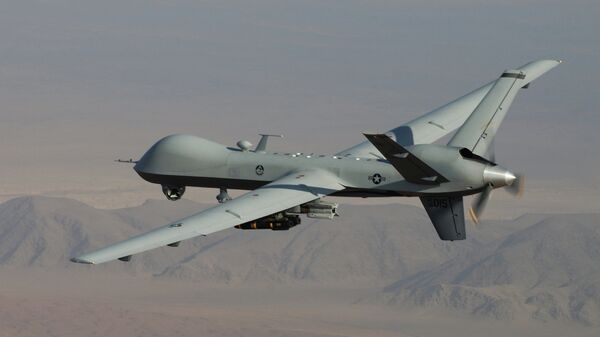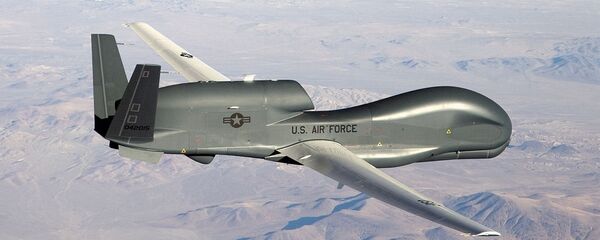During the hour-long flight demonstration, some of the autonomous capabilities demonstrated by the system included a series of realistic missions, including aircrew tasks such as low-level terrain flight, confined area takeoffs and landings, landing zone selection, trajectory planning, and wire-obstacle avoidance, according to an agency news release.
"The operator specifies a point [on a tablet PC] and says, ‘I need to land near a particular point on the map,' knowing nothing; there's no other a priori data. The aircraft basically makes a plan of how to get there, starts getting there. En route to that point, [it is] doing all the usual things like obstacle avoidance. So it's doing full autonomous flight," Igor Cherepinsky, Sikorsky's autonomy director, told Defense One for an article published Tuesday.
The next step, according to the press release, is to set the system up in a Black Hawk helicopter, which the company hopes to have running in 2019.
DARPA has big plans for ALIAS, including autonomously piloting passenger ferries, but the primary focus is on surveillance. The US military and police forces are presently restricted from using large drones, like those seen over the skies of Afghanistan or Syria, within the boundaries of the United States. Among other things, strict Federal Aviation Administration guidelines limit the ability of unmanned craft to fly over populated areas — General Atomics' ubiquitous MQ-1 Predator, for example, can only fly over empty desert areas in the southwest, near the border with Mexico.
As a result, manufacturers like General Atomics are developing a new generation of drones for surveillance over US skies that meet FAA guidelines for safety, even while lobbying the agency to change those guidelines, ostensibly for the benefit of the private commercial sector.
Sikorsky is "working with the FAA" on getting permission to fly autonomous helicopters over major cities, Cherepinsky said. "Our stated goal is 2030. It very much depends on rule-making. We are certainly hoping for sooner, for the mid-2020s, to field it."
General Atomics hopes to have the MQ-9B, a longer-winged, further-flying variant of the Reaper drone, ready to receive FAA certification in 2025, Defense One noted. In addition to the weapons they tote over warzones, Reaper drones can carry highly advanced jammer and electronic warfare systems that would be extremely useful to police departments, and they'll be able to stay aloft for longer than in war zones due to the lack of weapons.
The legal barriers to a new generation of ubiquitous police surveillance from on high are few. In 1989, the US Supreme Court ruled in Florida v. Riley that police helicopters flying over private property did not constitute a violation of privacy, after Florida resident Michael Riley sued the Pasco County Sheriff's Office for obtaining a warrant and arresting him after police in a helicopter in public airspace saw marijuana growing in his greenhouse.




